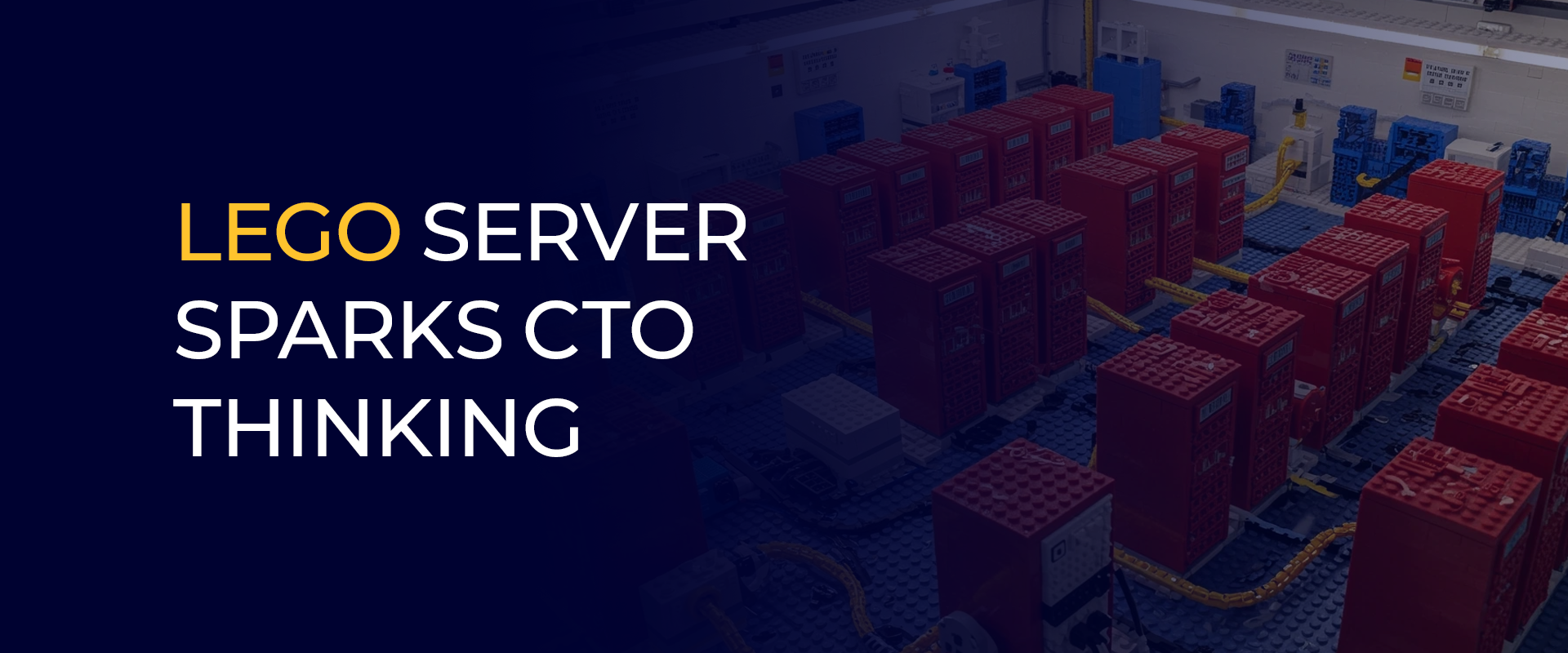Get
93% Off!
on Lifetime Exclusive Deal
Don’t Miss out this deal, it comes with Password Manager Free of cost.
Get 93% off on FastestVPN and avail FastestPass Password Manager FREE
Get This Deal Now!By Nick Anderson No Comments 5 minutes
You don’t need a tech degree to start thinking like a CTO. Curiosity, a few tools, and a willingness to mess around — that’s enough. You can even start with something simple, like LEGO bricks or pieces from old toys.

Sounds like something for kids? Maybe. But this kind of hands-on building is exactly how a lot of engineers first learned to think in systems. It’s also how you sharpen the kind of thinking leaders in tech use every day. Just like when you download an app at crazytime.games — it’s about exploring the rules by playing with them. Building a pretend server out of LEGO works the same way. It’s low-stakes, but the learning is real. Let’s go through how to build one, and why it matters more than it seems.
Note: Building a LEGO server hones CTO-level skills like strategic problem-solving. FastestVPN keeps data secure, simulating real server ops. This hands-on build sharpens tech and leadership know-how, prepping you to tackle executive tech challenges with confidence.
First, make a box. Use LEGO to build a shell that opens and closes. It doesn’t have to be perfect. Add ports, use wheels or toy gears as fake fans, even wire in a light if you want. What matters here isn’t the detail. It’s realizing that structure shapes how parts fit and function. That’s something real-world CTOs deal with constantly. The most brilliant software won’t run well if the underlying system is a mess.
Now fill the inside with parts that represent components. A flat brick? Call it your CPU. A marble? Storage. A bundle of wires? Network cables. Doesn’t matter if it’s literal — what matters is you start thinking in layers.
Try organizing them the way real machines do: memory near processing, airflow from fans to heat zones. You’ll find yourself naturally asking, “Wait, what does this part actually do?” That’s the kind of curiosity you want to build — not just knowing how things connect, but why.
Now, imagine the server’s doing something: loading a webpage, responding to a request, running a script. Use arrows, hand motions, or labeled blocks to show the flow of data.
Moving pieces physically through the system forces your brain to think differently. You’re not just seeing diagrams. You’re walking through the steps. It sticks better, and you’ll start noticing inefficiencies just by watching the path. This kind of thinking — big picture meets detail — is what helps technical leaders avoid tunnel vision.
Remove a block. Pretend something’s overheating. Disconnect a cable. What breaks? What keeps working? Now try to fix it.
This kind of “safe failure” trains your brain to think in cause and effect. It also builds confidence in breaking stuff — a trait every good engineer has. You can’t improve a system you’re afraid to touch. In tech, things go wrong all the time. The people who grow fastest are the ones who treat every crash as a puzzle, not a disaster.
Now that you’ve built (and maybe broken) your LEGO server, take a moment to reflect. Not just “Was that fun?” but questions like:
These are the kinds of questions CTOs ask every day. They’re not just solving problems. They’re thinking ahead, scanning for risk, and aligning technical decisions with long-term plans.
This kind of building does more than teach tech. It helps you:
It’s real problem-solving in a low-pressure environment. And if you can build a pretend server, you’re a lot closer to managing a real one than you think.
Plenty of engineers didn’t come up through formal programs. They started with games, models, hacking old toys, or building stuff just to see if it worked.
They didn’t wait to be told how to start. They just got to work.
If you’ve never tried something like this, you should. It’s a better intro to systems thinking than most online courses. And it’s honestly a lot more fun.
You won’t become a CTO from building a LEGO server — but you’ll start thinking like one. That’s where it begins: not with a title, but with how you see the puzzle.
Take Control of Your Privacy Today!
Unblock websites, access streaming platforms, and bypass ISP monitoring.
Get FastestVPN
© Copyright 2026 Fastest VPN - All Rights Reserved.
Don’t Miss out this deal, it comes with Password Manager Free of cost.